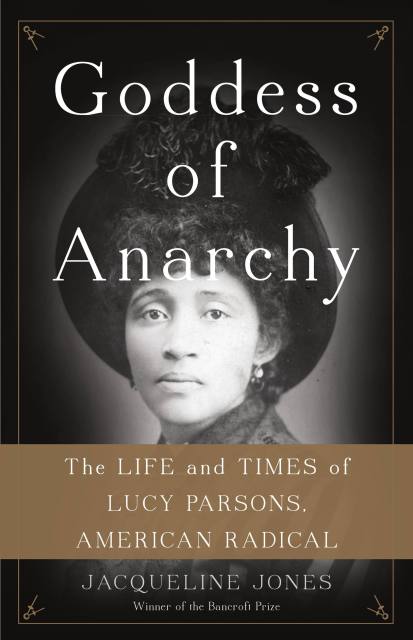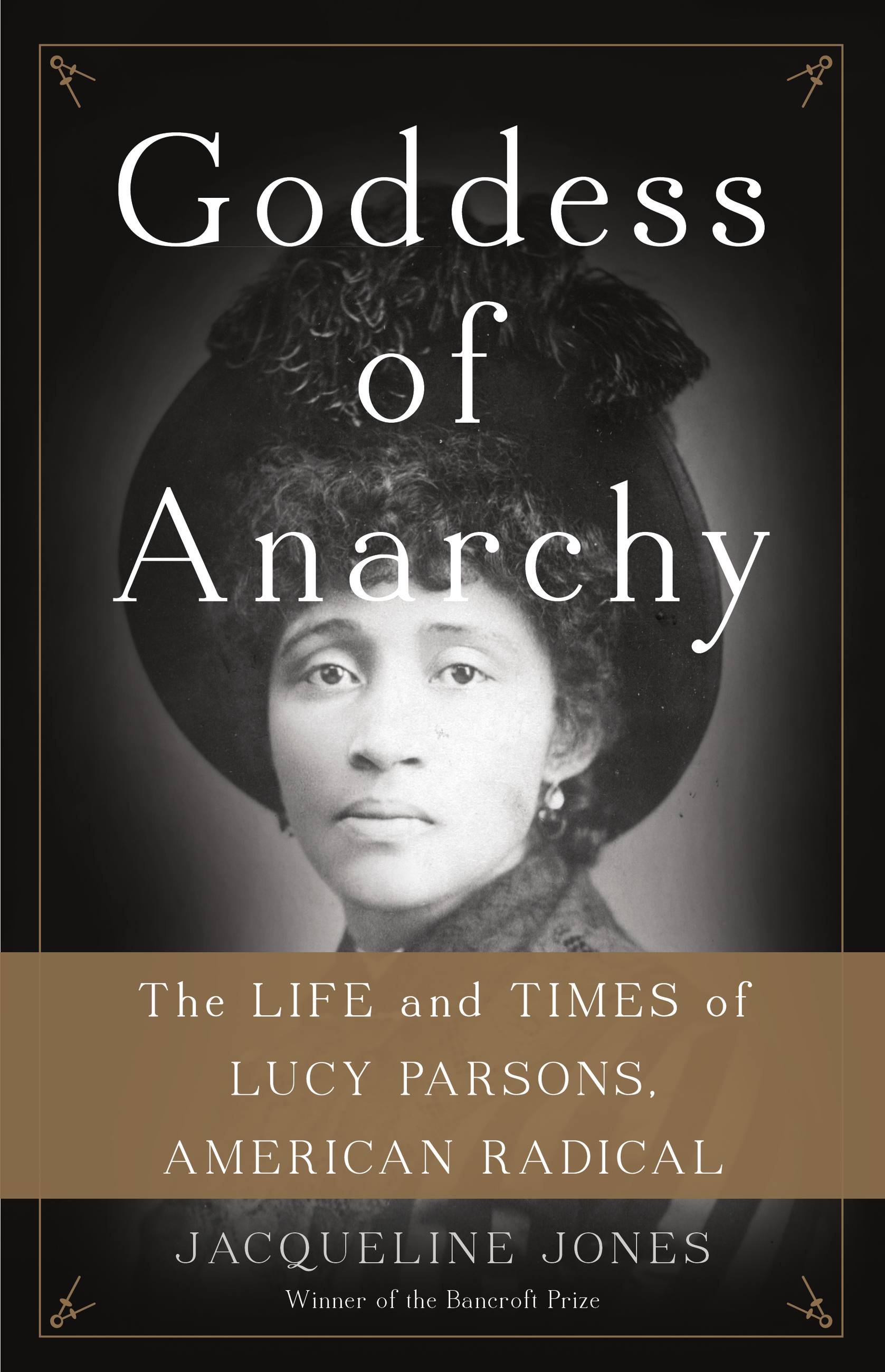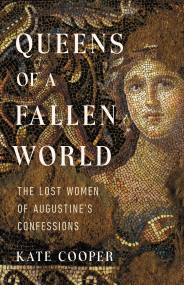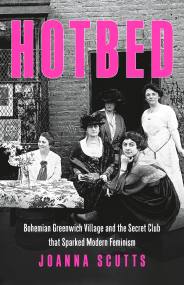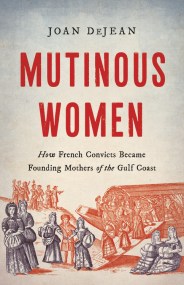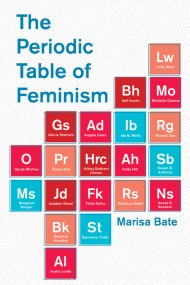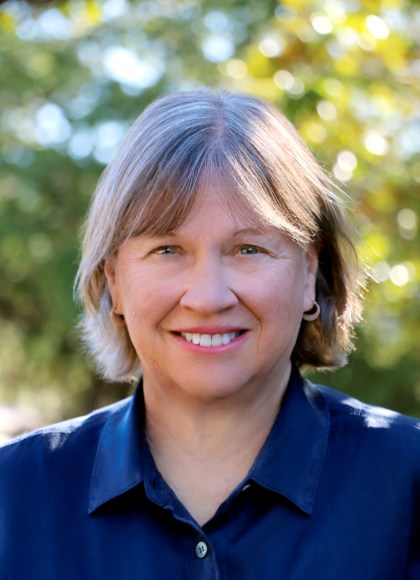Promotion
Use code MOM24 for 20% off site wide + free shipping over $45
Goddess of Anarchy
The Life and Times of Lucy Parsons, American Radical
Contributors
Formats and Prices
Price
$19.99Price
$25.99 CADFormat
Format:
- ebook $19.99 $25.99 CAD
- Hardcover $44.00 $55.00 CAD
- Audiobook Download (Unabridged)
This item is a preorder. Your payment method will be charged immediately, and the product is expected to ship on or around December 5, 2017. This date is subject to change due to shipping delays beyond our control.
Also available from:
Goddess of Anarchy recounts the formidable life of the militant writer, orator, and agitator Lucy Parsons. Born to an enslaved woman in Virginia in 1851 and raised in Texas-where she met her husband, the Haymarket “martyr” Albert Parsons-Lucy was a fearless advocate of First Amendment rights, a champion of the working classes, and one of the most prominent figures of African descent of her era. And yet, her life was riddled with contradictions-she advocated violence without apology, concocted a Hispanic-Indian identity for herself, and ignored the plight of African Americans.
Drawing on a wealth of new sources, Jacqueline Jones presents not only the exceptional life of the famous American-born anarchist but also an authoritative account of her times-from slavery through the Great Depression.
Genre:
-
"Goddess of Anarchy displays the powers of a master historian, taking the reader to both post-Civil War Texas and to Gilded Age Chicago."ChicagoTribune
-
"An outstanding book.... Jones' fascinating portrait presents an enigmatic, unpredictable activist who sustained a lifelong oratory and writing career."Booklist
-
"Goddess of Anarchy is meticulously researched."Harper's Magazine
-
"Jones impresses with this richly detailed and empathetic study of a complex figure."Publishers Weekly
-
"[A] tough-minded biography of a fiery revolutionary whose activism spanned the decades from Reconstruction to the New Deal...comprehensive and fair."Kirkus Reviews
-
"In disentangling the riddle of Lucy Parsons, one of America's most famous Anarchists, Jones has written an important biography."National Book Review
-
"Jones's book persuasively explains both the causes for which Parsons fought as well as inconsistencies apparent in her character and actions. This readable biography will appeal to readers with many interests, including the history of women's studies, radicalism, labor, race relations, urbanism, and especially Chicago."Library Journal
-
"Thanks to Goddess of Anarchy...readers finally have a penetrating account of Parsons's long, remarkable life."New York Review of Books
-
"Jacqueline Jones has produced a stunning, meticulously researched, complex narrative of Lucy Parsons, America's first black woman anarchist."Kali Nicole Gross, author of HannahMary Tabbs and the Disembodied Torso: A Tale of Race, Sex, and Violence inAmerica
-
"No scholar has done more to illuminate the tangled politics of race and class in American history than Jacqueline Jones.... A richly revealing story, brilliantly told."Michael Willrich, author of Pox: AnAmerican History and City of Courts
-
"With remarkable research and insight, the distinguished historian Jacqueline Jones has recovered the life and thought of an extraordinary historical figure who we barely knew."Steven Hahn, Pulitzer Prize-winning author of A Nation Under Our Feet: Black Political Struggles in the Rural Southfrom Slavery to the Great Migration
-
"Lucy Parsons was a unique figure in the history of the American left: eloquent, beautiful, uncompromising in her anarchist faith, and loath to embrace her mixed-race identity. Jacqueline Jones, one of our nation's most distinguished historians, fills her narrative of this remarkable life with both the vivid drama and the critical understanding it deserves."Michael Kazin, author of WarAgainst War: The American Fight for Peace, 1914-1918
-
"One of our most talented historians tackles one of American history's most enigmatic figures.... Goddess of Anarchy is at once a fascinating biography and a window onto the tumultuous debates of the Gilded Age."Karl Jacoby, author of TheStrange Career of William Ellis: The Texas Slave Who Became a MexicanMillionaire
-
"This dramatic and impressive book vividly brings the tumultuous and tragic life of ex-slave and American revolutionary Lucy Parsons to what should be a large audience. Even those of us who cherish a more heroic view of Parsons' life in struggle will learn enormously from this meticulously researched and learned biography."David Roediger, author of Class,Race and Marxism
- On Sale
- Dec 5, 2017
- Page Count
- 480 pages
- Publisher
- Basic Books
- ISBN-13
- 9781541697263
Newsletter Signup
By clicking ‘Sign Up,’ I acknowledge that I have read and agree to Hachette Book Group’s Privacy Policy and Terms of Use
